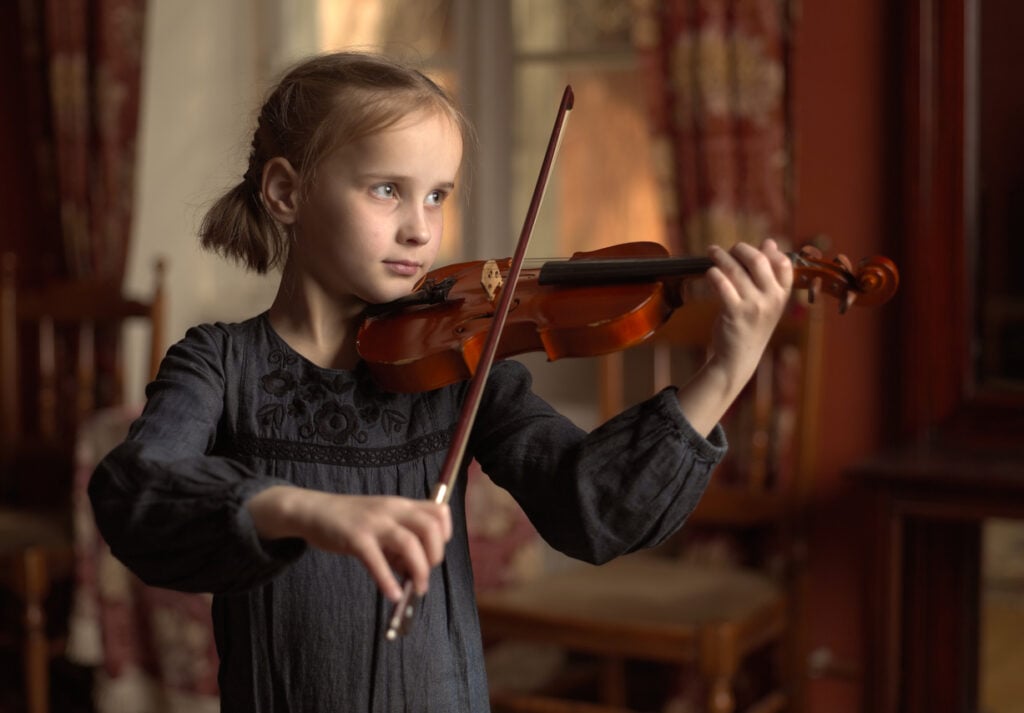It’s the silent skill loss that could leave future generations at a serious disadvantage.

Did you know your kids and grandkids might never learn how to write in cursive? That’s right—this once-essential skill is being erased from classrooms, and the impact goes way beyond pretty handwriting. From brain development to communication skills, the loss of cursive could have consequences you’d never expect.
Here are 12 eye-opening reasons why this matters more than you think.
1. Cursive Helps Kids Develop Better Brainpower

Research shows that learning cursive engages parts of the brain linked to memory, coordination, and creativity. Writing by hand, especially in cursive, lights up your brain in ways typing never can. Losing this skill means kids might miss out on a powerful tool for cognitive development—and that’s a scary thought.
2. Writing in Cursive Boosts Memory Like Nothing Else

There’s a reason why writing something down helps you remember it better. Cursive connects your brain to your hand, enhancing retention and comprehension. Without this skill, your kids could struggle with memorizing information in school or life. Who wouldn’t want to give their brain an extra edge?
3. Kids Who Skip Cursive May Struggle with Fine Motor Skills

Cursive isn’t just about pretty writing; it’s also a workout for those small muscles in your fingers and hands. Skipping this step could leave kids with weaker motor skills, which can impact everything from using scissors to playing musical instruments. That’s a serious loss of dexterity.
4. Without Cursive, Kids Lose a Key Form of Self-Expression

Handwriting is deeply personal—it’s like a fingerprint of your thoughts and feelings. Typing can’t compare. If kids never learn cursive, they’ll lose a unique way to express themselves creatively and emotionally. It’s a silent loss they may never realize until it’s too late.
5. Cursive Writing Teaches Patience and Focus in a Fast-Paced World

Let’s face it: our digital age isn’t great at teaching kids how to slow down and focus. Cursive demands attention and practice, qualities that can help kids in every area of life. Without it, they might miss a rare opportunity to build patience and perseverance.
6. Cursive Is the Key to Unlocking Historical Documents

How will future generations read original historical documents like the Declaration of Independence or old family letters? If cursive disappears, so does their ability to connect with history. It’s like locking them out of the past and throwing away the key.
7. Cursive Makes Your Brain Multitask Like a Pro

Writing in cursive uses both hemispheres of the brain, which boosts mental agility. It’s like a brain workout that builds connections between thought and action. Without this training, kids may miss out on an easy way to strengthen their multitasking abilities.
8. Cursive Writing Can Help Kids Process Their Emotions

There’s something soothing about flowing, connected handwriting. It helps kids slow down, process their thoughts, and manage emotions. Without cursive, they lose a calming tool that could help them handle stress, anxiety, and even anger.
9. Losing Cursive Could Impact Kids’ Reading Skills

Believe it or not, learning to write in cursive helps kids read it, too. That’s important for understanding old books, handwritten notes, and even modern scripts. Without this skill, they could feel lost whenever they encounter cursive in real life.
10. Cursive Writing Builds Confidence Like Nothing Else

Mastering cursive gives kids a sense of pride and accomplishment. It’s a skill that requires effort but delivers big rewards. If they never learn it, they might miss out on that boost of confidence that comes from doing something both beautiful and practical.
11. Without Cursive, Kids Miss Out on a Creative Outlet

Cursive is more than writing—it’s art. The loops, curves, and connections are a creative process that lets kids add their own flair. Without this outlet, they lose a fun and satisfying way to engage their artistic side.
12. Cursive Is a Life Skill That Typing Can Never Replace

Typing is useful, but it’s not enough. Cursive writing can be faster for jotting down notes, signing your name, or writing letters. Losing it means kids miss out on a practical skill that could save them time and effort throughout their lives.
